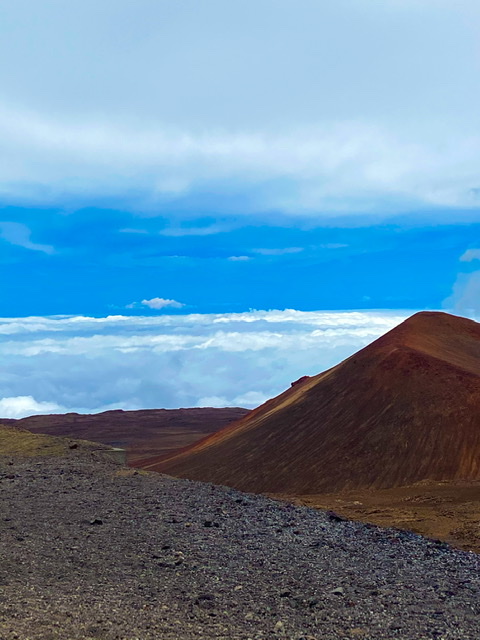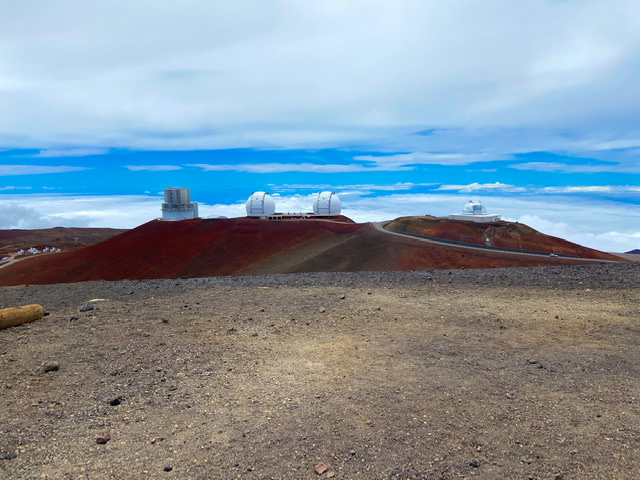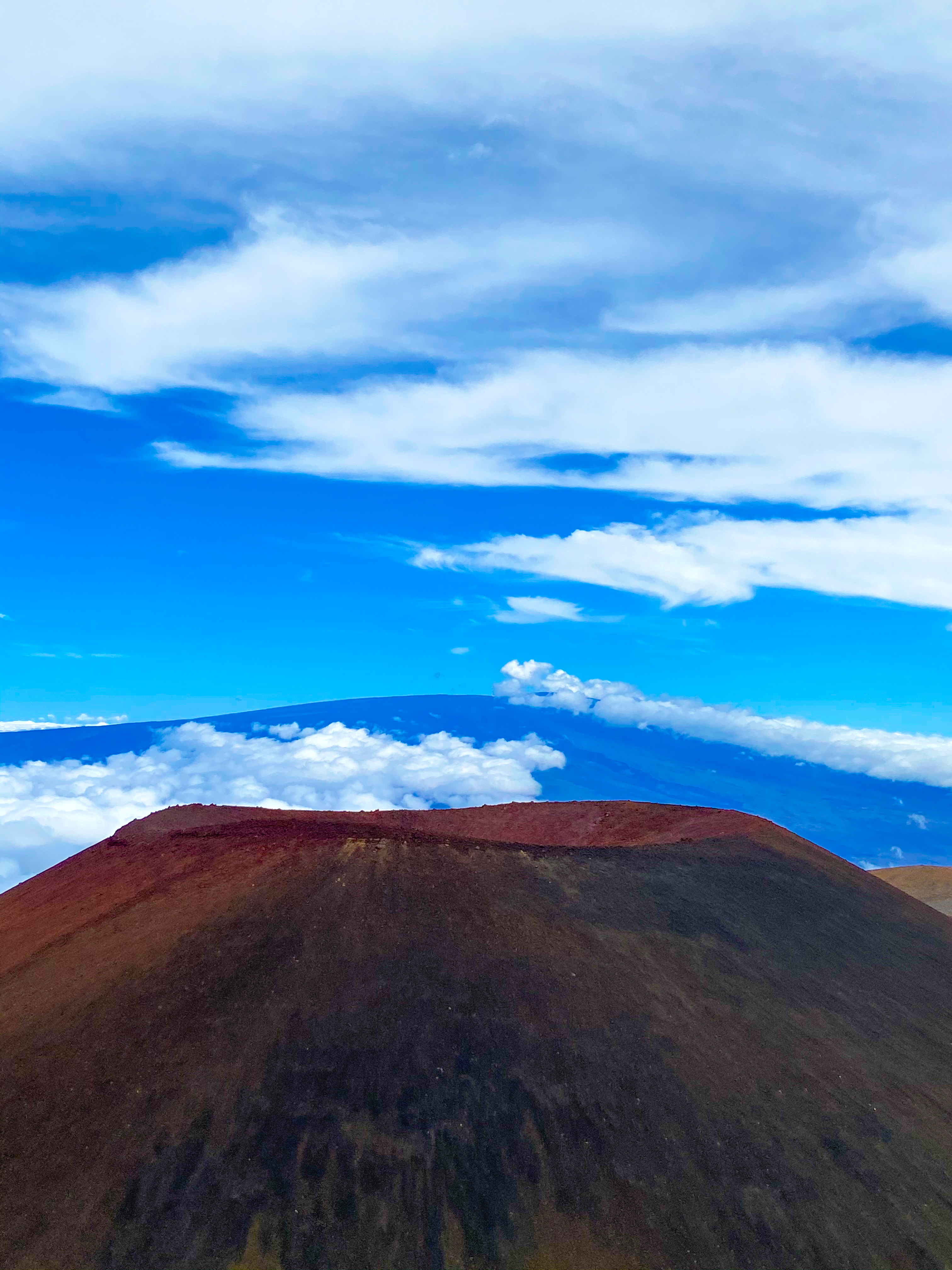
Located in the middle of the Big Island, Mauna Kea is Hawaii’s tallest dormant volcano and the second tallest island peak in the world.
It stands at over 13,000 feet above sea level and you can expect to get a spectacular view if you are lucky enough to visit on a clear day.
About the Volcano
Mauna Kea is part of a group of five volcanoes that make up the Big Island of Kailua-Kona, Hawaii. It is over one million years old!
Due to its elevation and stable air, an observatory was built on its summit in 1964. It is the largest electromagnetic spectrum center in the world.
Mauna Kea’s summit is sacred to Hawaiians and the summit was historically only accessible to high royalty. The open access to travelers and especially the established observatory site continues to be a debated topic on the island.
The name Mauna Kea means “white mountain”. This nickname comes from the often snow-capped peak in colder seasons. The volcano’s historical and local use was as “valley of the gods” as a sacred site.
How to get there
The Mauna Kea base camp is only accessible by car. You will need to rent a car or find a tour to take you to the mountain.
I recommend a tour for two major reasons. The first is that the drive up the summit is quite challenging. There are requirements to have a four wheel drive vehicle as well as special gear shift capabilities like being able to shift to low gear.
Unless you have experience in mountain summit drives, off-roading, and cliffs with no guard rail, I do not recommend driving up on your own.
Another reason to opt for a tour is protecting your rental car. Many rental car companies have agreements for renters to not access roads like the Mauna Kea summit road, and for good reasons. So, unless you want to risk it all, I advise against bringing your rental car up to the summit.
What to expect on your journey
Wanderers can opt to drive, walk, or bike up from the base camp to the summit of Mauna Kea. You are obligated to stop at the base camp to read important information about conditions and expectations.
There is a volcano park ranger present at the base camp that you should check in with to receive important instructions and a quick training on how to safely drive to the summit.
Upon arrival at the base camp, you should plan to walk around and spend at least 30 minutes acclimating yourself to the altitude before your ascent.
Regardless of if you drive or if you take a tour, you definitely need to be ready for unpaved roads, hairpin turns, and cliffs with no barriers. Be prepared to share the road with hikers, bikers, and a large construction vehicle that is constantly flattening the gravel.
At the summit

The summit of Mauna Kea is a spectacular show of peaks, ledges, ridges, and clouds! At over 4,000 meters above sea level, you will surely be above at least one layer of clouds.
The large observatory is obvious and there are plenty of places to stop and park if you decide to drive yourself.
Be ready to feel light headed and dizzy. This is your body reacting to the extremely thin air. If you start to feel sick, you should immediately descend and your symptoms should pass quickly. This is especially important to keep in mind if you’re driving yourself.
You do not want to get stuck at the top unable to drive due to altitude sickness!
Learn more
To read a bit more advice, click here for an informative Instagram post. To view a short video, click here for an Instagram reel.

